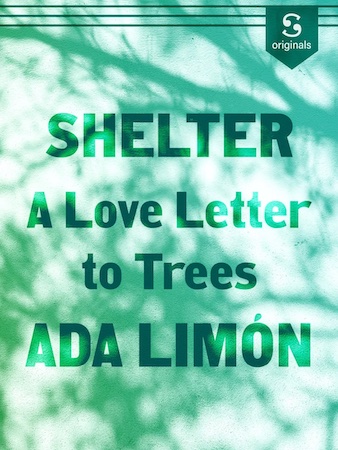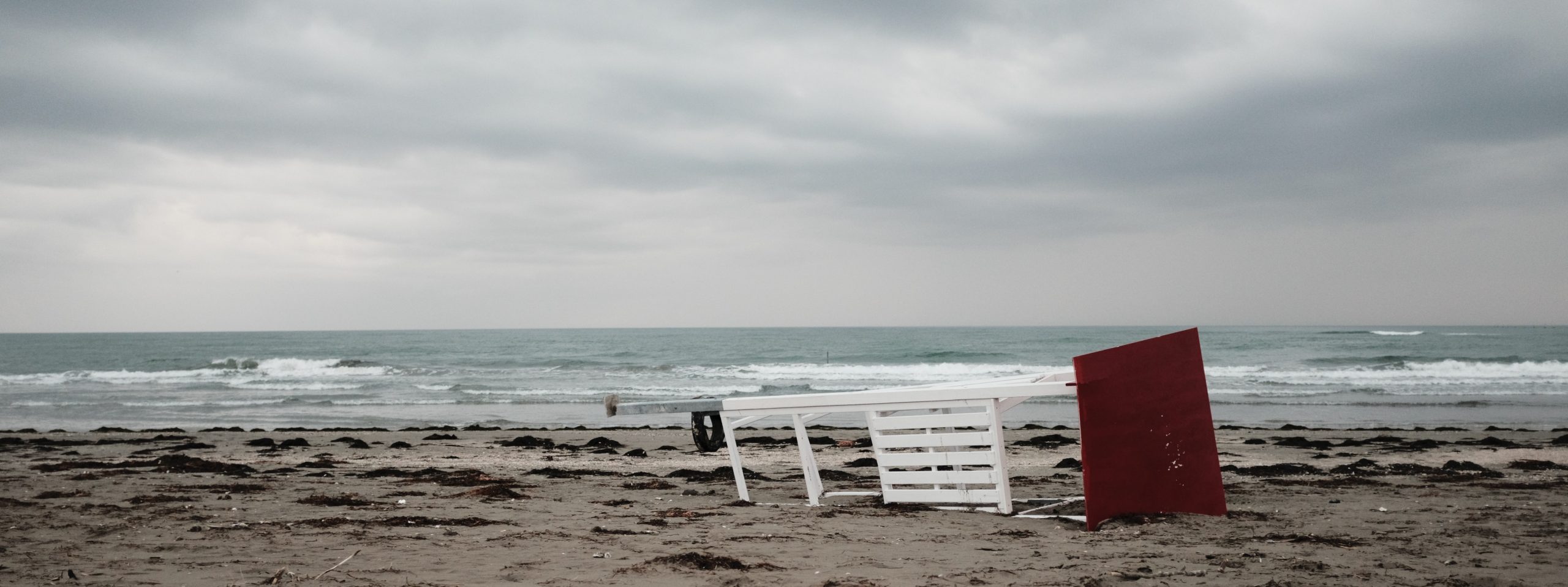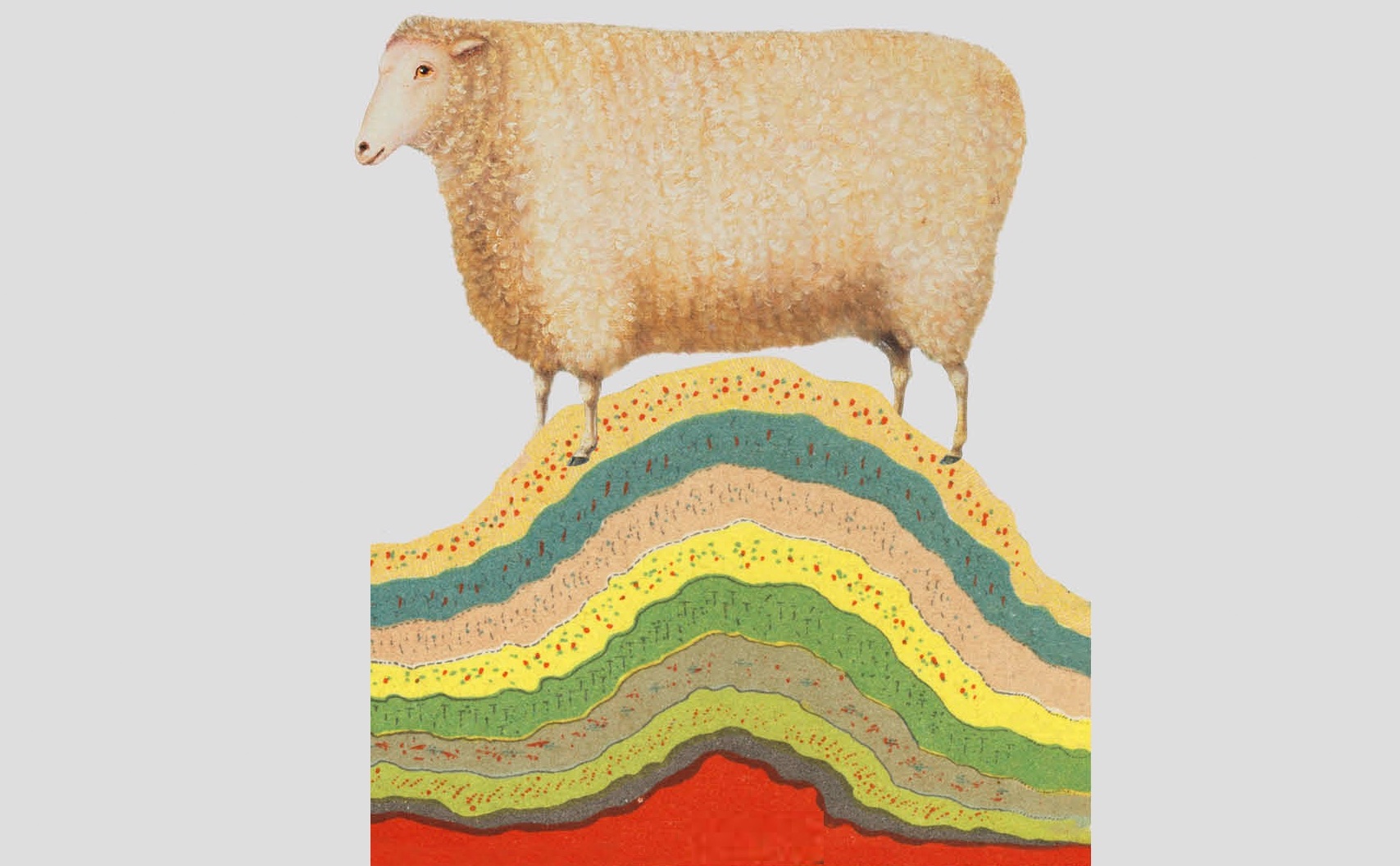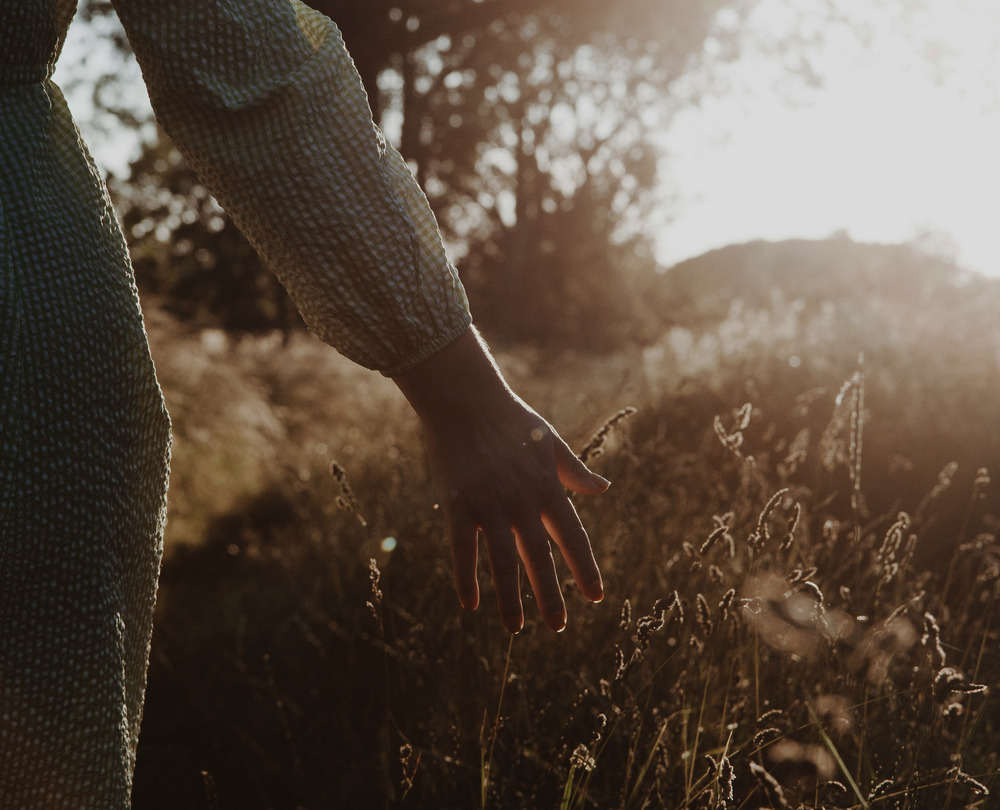Reading Lists
7 Books by Women Writers About Humanity’s Relationship to Trees
Scientists, artists, and philosophers on the role of trees in our ecosystem and as a touchstone for our cherished memories

Trees are a significant part of our cultural discourse, and humans have long had a personal connection to trees. From the centuries-old Cedars of Lebanon to the present-day Lonely Doug, a douglas fir surrounded by a clearcut in coastal British Columbia, we revere trees because they’re long-lived, majestic, and quiet companions in our yards, national parks, and urban green spaces.
For example, when the city of Melbourne in Australia, gave each of its 70,000 trees an identification number and an email address so that the public could report problems, people began sending the trees messages. According to the Guardian, “One tree fan emailed their favourite golden elm telling it to keep up the good work, while a London plane tree was complimented on its beauty. A green leaf elm was urged to stay in good shape by a wellwisher moving abroad.”
Several years ago I wrote an essay about trees and their role in our lives. As I researched my essay, I found many books by male authors, including best-selling non-fiction like Peter Wohlleben’s The Hidden Life of Trees and David George Haskell’s The Songs of Trees, and novels like Richard Powers’s The Overstory. But I didn’t come across a lot of writing by women. Perhaps they weren’t writing about trees, or maybe I just hadn’t dug deep enough to find them. As a researcher studying how trees killed by wildfire and pine beetle affected snowpack, I was one of only a few women doing this work. It seemed like I was in a world where women and trees didn’t mix.
We have recently seen a plethora of books published by women about trees that address our lives in relation to trees, rather than just trees in and of themselves. Each of the books in this list, written by women scientists, artists, and philosophers, provides a holistic perspective on trees in our society, from their role in our ecosystems to their place as a touchstone for our cherished memories and the source of creative inspiration.
Finding the Mother Tree by Suzanne Simard
Simard conducted scientific experiments to determine that trees share nutrients and chemical messages via mycorrhizal networks that connect their roots. She weaves her life story into the story of her science, from being a consultant to joining the provincial forest service, to ultimately becoming an academic at the University of British Columbia. She writes about her childhood snacking on birch roots, her marriage and family life, her struggle with cancer, and the bittersweet moment when one of her daughters tells her she wants to be a forester. Simard’s groundbreaking research has inspired many others, not just scientists, but also artists such as director James Cameron and his movie, Avatar.
The Arbornaut by Meg Lowman
In this autobiography, Lowman shares her research path, from PhD student to freelance explorer-author. Her research focused on insects that eat forest leaves. To do the research she had to access the forest canopy by pioneering a technique to bring her up to the eighth continent using a slingshot, a rope, and a hand-stitched climbing harness. After a brief stint as the wife of an Australian sheep farmer, Lowman’s career led her to become the director of a botanical garden, a tenured professor of environmental studies, the director of a new museum wing, and a senior scientist at a museum in California. At each of these positions she encountered sexual discrimination, which led her to leave her post and move on to the next one. Her work as a consultant now includes helping to build canopy walkways worldwide, and working with researchers in Ethiopia and Malaysia to protect their forests.
The Language of Trees by Katie Holten
Holten is a visual artist and environmental activist who developed a tree alphabet, where every letter is symbolized by a tree. A is an apple, B is a beech, C is a cedar, etc. In her book, she includes excerpts from famous writers, philosophers, and scientists about trees, printing them in regular font on the right side of the page and in tree font on the left side of the page. There are excerpts about historical American trees, scientific studies of trees in the Amazon, the philosophy of how forests think, tapping into work by Ross Gay, Ursula K LeGuin, and others.
In Search Of the Canary Tree by Lauren Oakes
Oakes describes her PhD research studying yellow cedar in Alaska to find out why it’s dying and whether or not it can stage a comeback given its widespread decline. She details her field preparations and fieldwork, including the emotional toll of seeing nothing but dead trees, sometimes for days at a time. Her research also involves interviewing people in the region—foresters, First Nations, government scientists, and local residents—about their connection to the yellow cedar and what they think and feel not just about its decline, but about climate change in general. In between she processes the ways in which science and numbers fail to represent the visceral impact of a declining species, and how researchers keep an even keel when dealing daily with the impacts of climate change.
How I Became a Tree by Sumana Roy
Roy’s book is a love letter to trees, a history of trees, and an ode to their peaceful nature and ultimate loneliness. Roy starts her inquiries by noting that she wants to live on “tree time.” As she moves forward with this wish, she writes about the various ways in which she interacts with trees, including how one might conduct a relationship with a tree. Along the way she references Indian literature about trees that isn’t widely known in the Global North, as well as thinkers like Margaret Atwood, Ovid, and others. Her book connects theology, philosophy, and botany to share with readers how they, too, can get to know trees and incorporate their experience of trees into their own life.
Shelter: A Love Letter to Trees by Ada Limón
In this interconnected series of vignettes, Limón shares the trees that have affected her life and the lives of others. She recalls fond memories, and notes how having your own trees—particularly those that produce fruit—has been a lifelong dream for her parents, who now own an apple orchard. Each vignette shines like a jewel, showing the love Limón has for trees and how they mark key moments in her life.
To Speak For the Trees by Diana Beresford-Kroeger
In her book, Beresford-Kroeger recounts her summers as an orphan in Ireland, living with her extended family to learn about the land and the Ogham alphabet, which is based on trees. During the school year, she lived in England and studied biology and other fields, enraptured by tree physiology and realizing that her Irish education gave her a different perspective on trees. This led her to make new scientific discoveries, such as that trees release aerosols that have the capacity to heal, and that they are the source of many antibiotics. She also notes that planting trees, as we know, can absorb carbon and, like the Amazon, can drive local and global weather by the mass of trees that exude oxygen and water vapor into the atmosphere. Beresford-Kroeger ends with a description of the Ogham alphabet, describing each character and the tree it represents.









